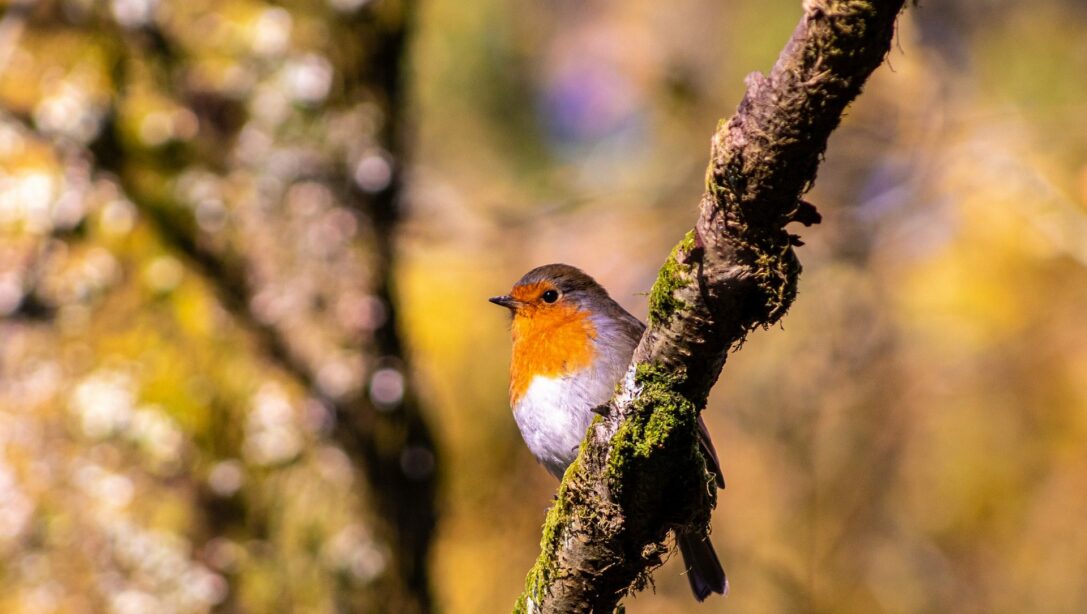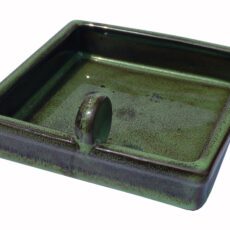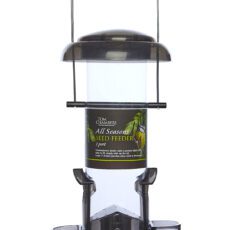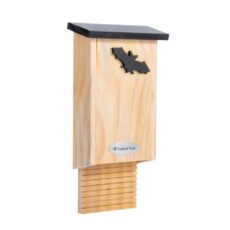In July many of us gardeners love supporting the wildlife in our gardens as much as tending our plants. In our garden wildlife in July guide, in collaboration with the experts at Wildlife World we highlight what creatures to look out for in your garden in July. We also will share how best to offer support for a thriving ecosystem.
Bees
In July some bee species beginning nesting – solitary leafcutter bees will start nesting in boxes and bumblebees build up their colonies in boxes. You may notice a drop in visibility of honeybees this month after their spring and early summer activity.
How you can help
- Have a range of plants enjoyed by bees in mid to late summer, such as aster, delphinium, digitalis (foxgloves), geraniums, heather, lavender and salvia.
- Install a bee box to create a home for nesting solitary bees
- Create ground-based nesting habitats with piles of logs with different width holes in
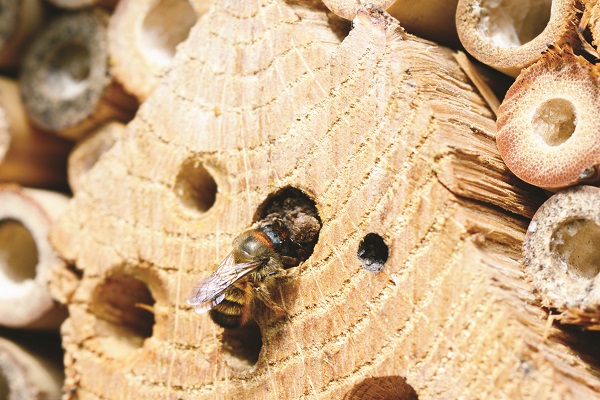
Read more: The Best Plants for Bees
Bats
Bats are most active in the summer when they come out of hibernation. However if you are lucky, on some summer evenings as the sun sets bats can be seen performing flying acrobats in their hunt for insects in our gardens. Dusk in July is an eventful time to be watching our wildlife in the garden.
How you can help
A garden teeming with plant life will naturally attract insects which in turn may attract larger mammals such as bats. A garden with wilder patches, like log piles will also be more attractive to insects.
Read more: Encouraging Bats into Your Garden
Birds
In July, as the ground gets harder it gets more difficult for birds to source worms so competition for food sources gets more intense. They also have a real need for extra water to stay hydrated and maintain a cool body temperature. Some birds may still be nesting, so be wary of this when planning any pruning.
Towards the end of the month, you may experience a decline in bird numbers, generally timed with the increase in wild berries available elsewhere or as they disappear to moult.
How you can help
- Continue to feed regularly. A high protein feed like Hillier Sunflowers Hearts is a good choice.
- Keep bird baths clean and top up regularly
- Avoid excessive pruning of hedges as they are still a source of shelter
Read more: Caring for Garden Birds All Year Round
Butterflies and Moths
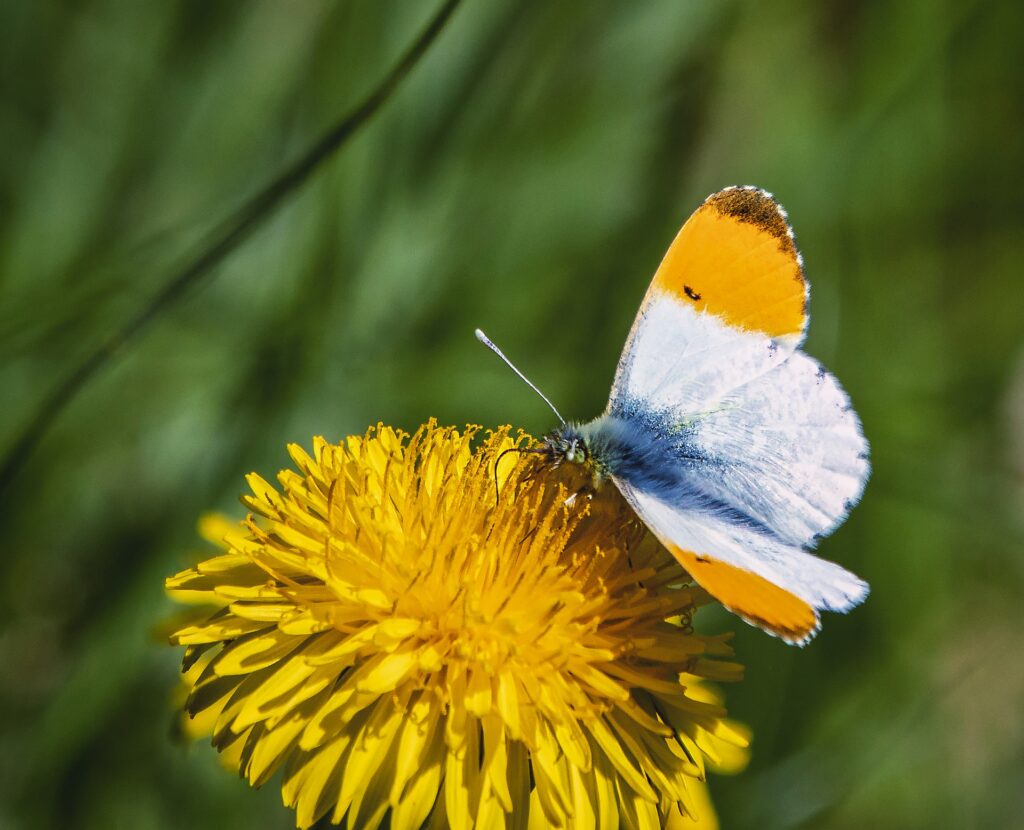
As the weather warms, our summer butterfly species can be seen in gardens and July is often a peak month. Big Butterfly Count begins in July, running through to August. Join in and help record the state of our nation’s species. Butterflies you are most likely to spot include Brimstone, Comma, Peacock, Red Admiral, Small Tortoiseshell, Painted Lady, Large White, Common Blue and Speckled Wood.
Moths who are often overshadowed by butterflies also play a significant role in pollination, in fact they pollinate more efficiently than bees! At night using their long proboscis they reach deep into the blooming flowers and extract their nectar inadvertently transferring pollen from one flower to another.
How you can help
- Have plenty of flowers in the garden that offer a mid to late summer nectar source for butterflies – buddleja, dahlias, Erysimum, geraniums, lavender, roses and Verbena bonariensis for example
- Position your plants where possible in a sunny sheltered location. A window box on a balcony is fine if that’s all the space you have available
- Take part in the Big Butterfly Count
Read more: What to Plant to Attract Butterflies
Frogs & Toads
Tadpoles continue to metamorphosise into young frogs and toads in July. At this stage, they leave the pond to look for new habitats and food sources.
How you can help
- If you have a pond, make sure it stays well topped up during hot weather spells
- Look out for very small frogs and toads. While you can’t protect them from natural predators, you can at least protect them from humans!
Hedgehogs
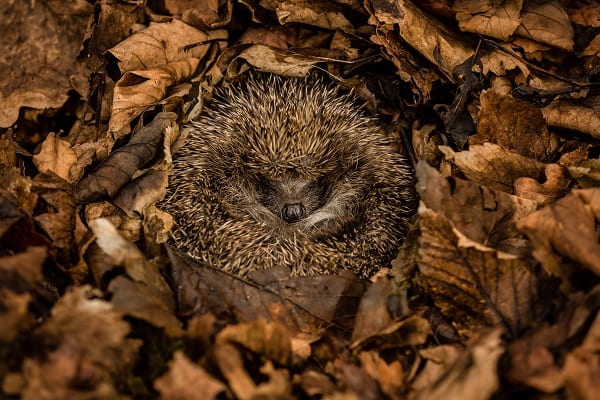
July is the middle of the breeding season for UK hedgehogs, with hoglets predominantly born in June and July. Nests need to be left in peace at this time as a disturbed female hedgehog may abandon her babies.
How you can help
- Leave a source of food and clean water for hedgehogs foraging in the evening
- Create wild areas in the garden with longer grass, log piles etc. Don’t disturb these in July in case a hedgehog is nesting in them
Read more: How to Create a Hedgehog Friendly Garden
Creating a wildlife-friendly garden in July not only adds beauty but also supports the local ecosystem. By incorporating native plants, providing food and water sources and creating shelter you can attract a variety of wildlife. From birds and butterflies to bees and hedgehogs your garden can become a thriving habitat. With a wildlife haven in your own garden you can enjoy the beauty of nature while making a positive impact on the environment. Enjoy the wonders of UK wildlife in your garden and nurture a sustainable ecosystem.


